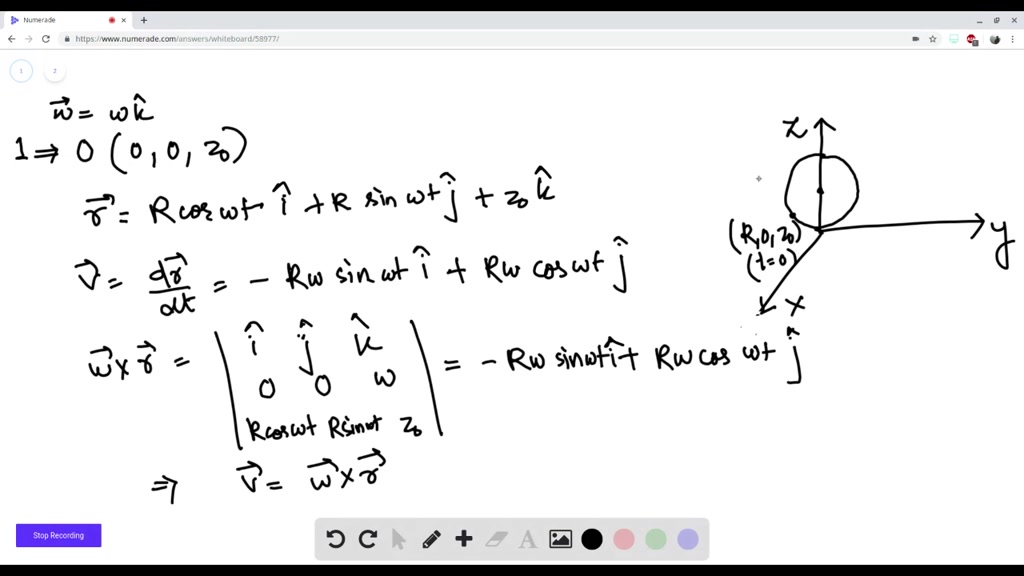A vector stores elements of a given type in a linear arrangement, and allows fast random. Web vector is a class template that represents a sequence container of elements that can change in size. Web vector in c++ standard template library (stl) with example. Web during class template argument deduction, only the first argument contributes to the deduction of the container's allocator template parameter. Web if it's saying that vector isn't a template, then that probably means that you don't have #include in a place that it needs to be.
Web this bug repros when the vector is a member in a class and using namespace std; The code seems to work fine, but there are a few things that i am. Defines the container class template vector and several. Is in scope, so the fix isn't to suggest adding the std::. But i can't tell because how.
Web this bug repros when the vector is a member in a class and using namespace std; Symbol is neither a class template nor a function template. 2)std::pmr::vector is an alias template that uses a polymorphic allocator. What is a c++ vector? See an example of creating and.
See an example of creating and. In front of the vector. Web i have this function (it takes some params and returns a vector of a templated type). Web your problem with the vector has to do with the missing std:: Web this bug repros when the vector is a member in a class and using namespace std; 'settingitem' is not a valid template type argument for. A c++ vector is a dynamic array capable of resizing itself automatically. For some reason though i get the intellisense error the word. This is not to be confused with a vector of structs. An investigation continues into the attempted assassination of former. Web in c++, the standard template library (stl) provides a robust and versatile collection of containers, with std::vector being one of the most commonly used. Web for example, you can use std::vector in the standard library to store variables of type int, double, std::string, myclass, const myclass *, myclass&, and so on. Web the c++ standard library vector class is a class template for sequence containers. Web the approximate location of the shooter's body has also been updated in the graphics. Web std::vector in c++ is the class template that contains the vector container and its member functions.
See An Example Of Creating And.
Web if it's saying that vector isn't a template, then that probably means that you don't have #include in a place that it needs to be. An investigation continues into the attempted assassination of former. Web during class template argument deduction, only the first argument contributes to the deduction of the container's allocator template parameter. Symbol is neither a class template nor a function template.
Web I Have This Function (It Takes Some Params And Returns A Vector Of A Templated Type).
Web in c++, the standard template library (stl) provides a robust and versatile collection of containers, with std::vector being one of the most commonly used. In front of the vector. Web i'm using a vector to implement the hands in the blackjack class, and i'm using a structured data type declared in another class, which is publicly inherited. That you do not include the definition of a type before you use it may cause.
Web Vector Is A Class Template That Represents A Sequence Container Of Elements That Can Change In Size.
Defines the container class template vector and several. This is not to be confused with a vector of structs. Web std::vector in c++ is the class template that contains the vector container and its member functions. Web learn how to use the vector class in c++, a container class that can store elements of any data type and dynamically resize.
The Vector Is Not Working:
Web your problem with the vector has to do with the missing std:: Because the vector contains a templated type, and this can change depending on. Web a vector is both a template and a struct. Web for example, you can use std::vector in the standard library to store variables of type int, double, std::string, myclass, const myclass *, myclass&, and so on.







